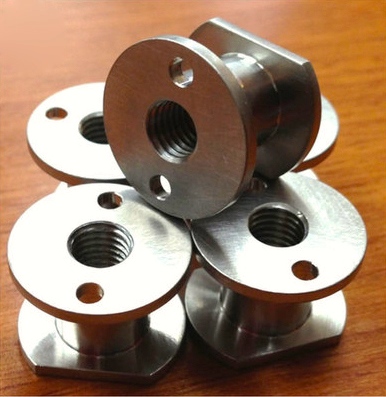
Industrial 3D printers have long been able to print metal objects, using a variety of techniques, but now researchers from NASA, California Institute of Technology and Penn State are working on printing “gradient alloys”.
Unlike personal 3D printers using plastic filament, the world of metal 3D printing offers more dynamic material possibilities. Several metal 3D printing methods involve melting metal powders in layers, but the powder approach poses the question: what if you mixed materials in the powder before melting? Could you create alloys on the fly?
You can, it turns out, and this has been done. But a more complex approach is to vary the alloys as you print. In other words, change the powder mix during printing. A so-called “gradient alloy” could offer some very interesting characteristics, like a part that is strong in one area, but light in another, for example. Since different metals have higher or lower costs per kg, one could also imagine creating parts that use only the minimum amount of expensive materials in the required spots. We can also imagine components made that have different surface vs. interior characteristics.
Gradient alloys have also been attempted, but results were not optimal, because the microstructure of alloys differ. As you change the alloy, the microstructures change and sometimes not in a good way. This is also not necessarily good for transitions between different alloys within the printed part.
The work undertaken by the researchers seems to involve optimizing this process. By varying the environmental conditions during sintering and paves the way for further development of 3D printing complex metal components. They say:
The current work extends upon the literature in gradient alloys by demonstrating a roadmap for producing materials with multifunctional properties that generally cannot be obtained using standard metallurgy techniques.
Via Nature

